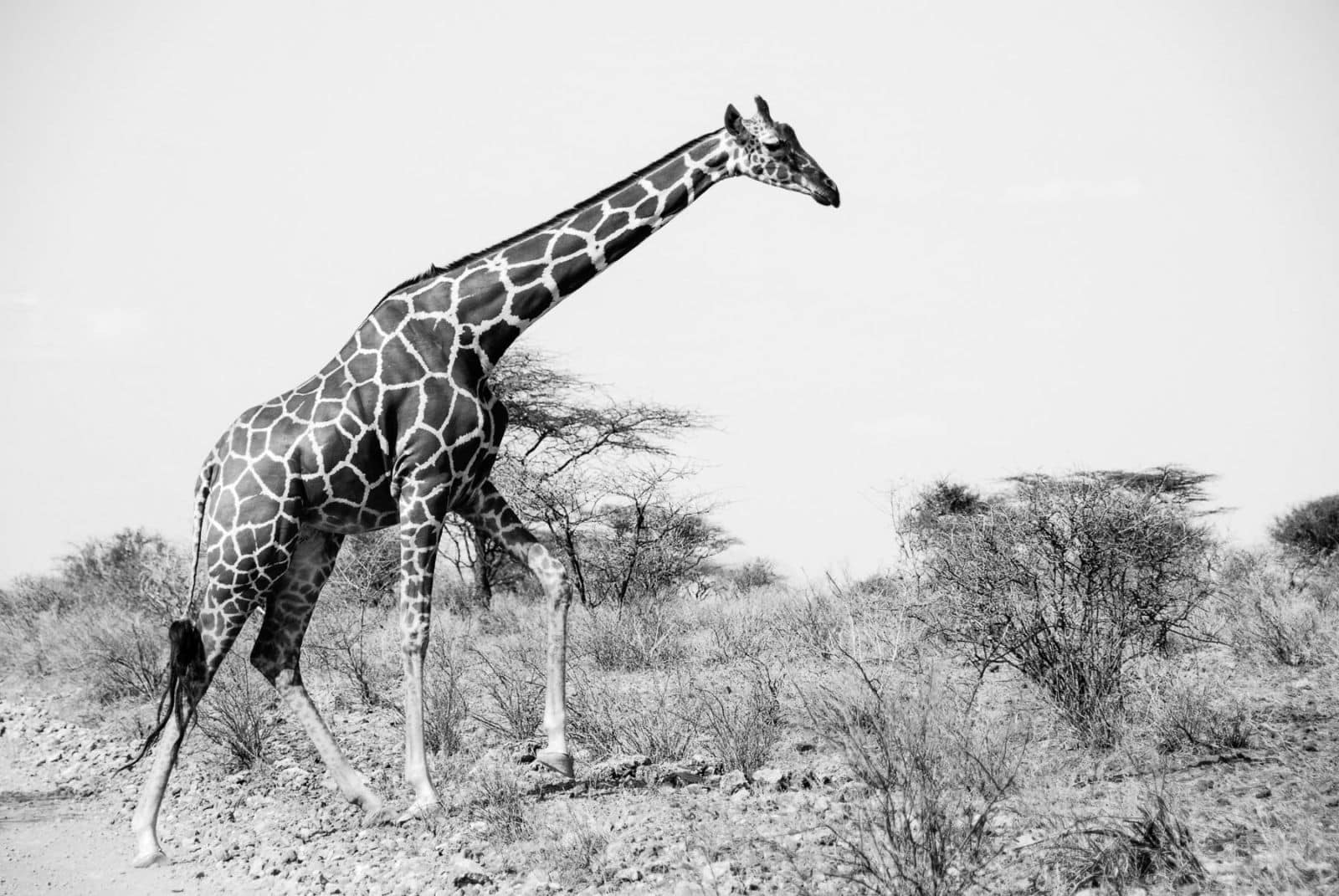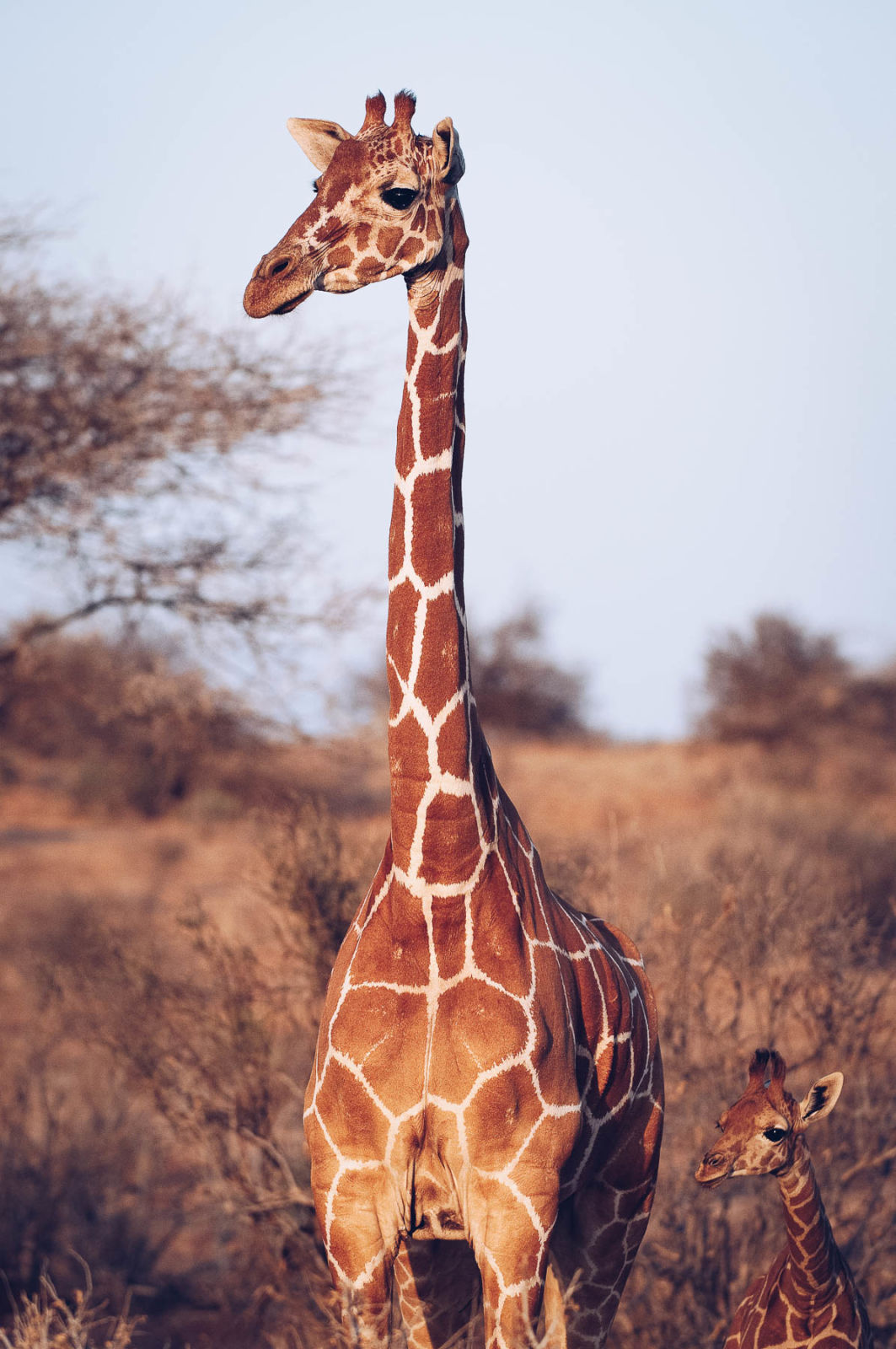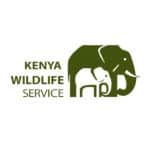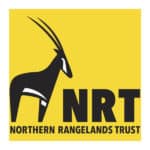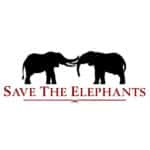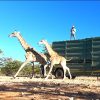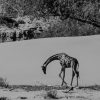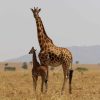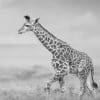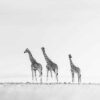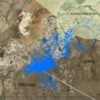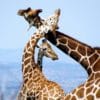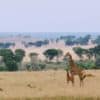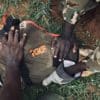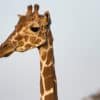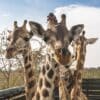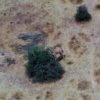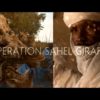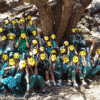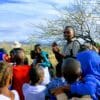Giraffe are icons of Africa and particularly Reticulated giraffe (Giraffa reticulata) are often considered one of the most stunning.
Giraffe are integral to their ecosystems, opening up habitat for other wildlife, spurring growth of new forage, and dispersing seeds. Giraffe form the basis of most zoo collections, and are much loved, adored as toys and book characters.
Reticulated giraffe historically ranged from north-central Kenya to southern Somalia and Ethiopia. However, over just the past 30 years they have declined drastically by approximately 50%, from 36,000 to only 15,950 today. As a result of this decline, Reticulated giraffe were added to the IUCN Red List and listed as Endangered in 2018. In recent years, however, numbers across northern Kenya appear to be increasing with improved community and private land conservation.
Reasons for giraffe decline
- Giraffe are relatively easy to kill with a bullet or a snare and yield a lot of meat. Over the past decade, regional instability, ethnic fighting, increased poaching, and a growing belief that giraffe body parts can cure HIV/AIDS have all spurned increased illegal hunting.
- Habitat loss and fragmentation. Former open spaces for giraffe are disappearing or fragmenting because of development, land-use switches to agriculture, and/or are uninhabitable due to over-grazing.
- Competition for food and water resources from a newly introduced species of livestock into giraffe habitat, the domestic camel. Being a large, tall, browsing ungulate the camel can overlap in feeding heights and species with wild giraffe.
Hampering our response to these threats, is the surprising dearth of information about giraffe ecology. They are the forgotten megafauna. We still do not fully understand how they move across the landscape, how and what they eat, how many are left, their social structure, how they interact with people and livestock. As such, giraffe are rapidly disappearing, with little notice. It is especially worrying as most of the Reticulated giraffe’s range in Kenya is outside of protected areas, overlapping with pastoralist herders and small-scale agriculturalists.
It is critical that our conservation actions are multidimensional, encompassing three core elements:
- Continued field research to better understand giraffe populations, movements and ecology. These data will be vital to informing more effective and efficient conservation actions moving forward.
- Uncovering traditional ecological knowledge of giraffe, and the attitudes, perceptions, beliefs and behaviours of the Samburu, Turkana, Borana and Maasai pastoralists that live among giraffe. This information allows us to better appreciate the reasons behind poaching and conflict with giraffe. This is especially timely with ongoing immigration into the region from war-torn Somalia through to South Sudan which may negative affect giraffe survival.
- Tracking and mapping giraffe and livestock movements, by attaching GPS satellite units to giraffe and livestock (camels, cattle and goats/sheep) will allow us to understand how they utilise resources and their ranges overlap.

